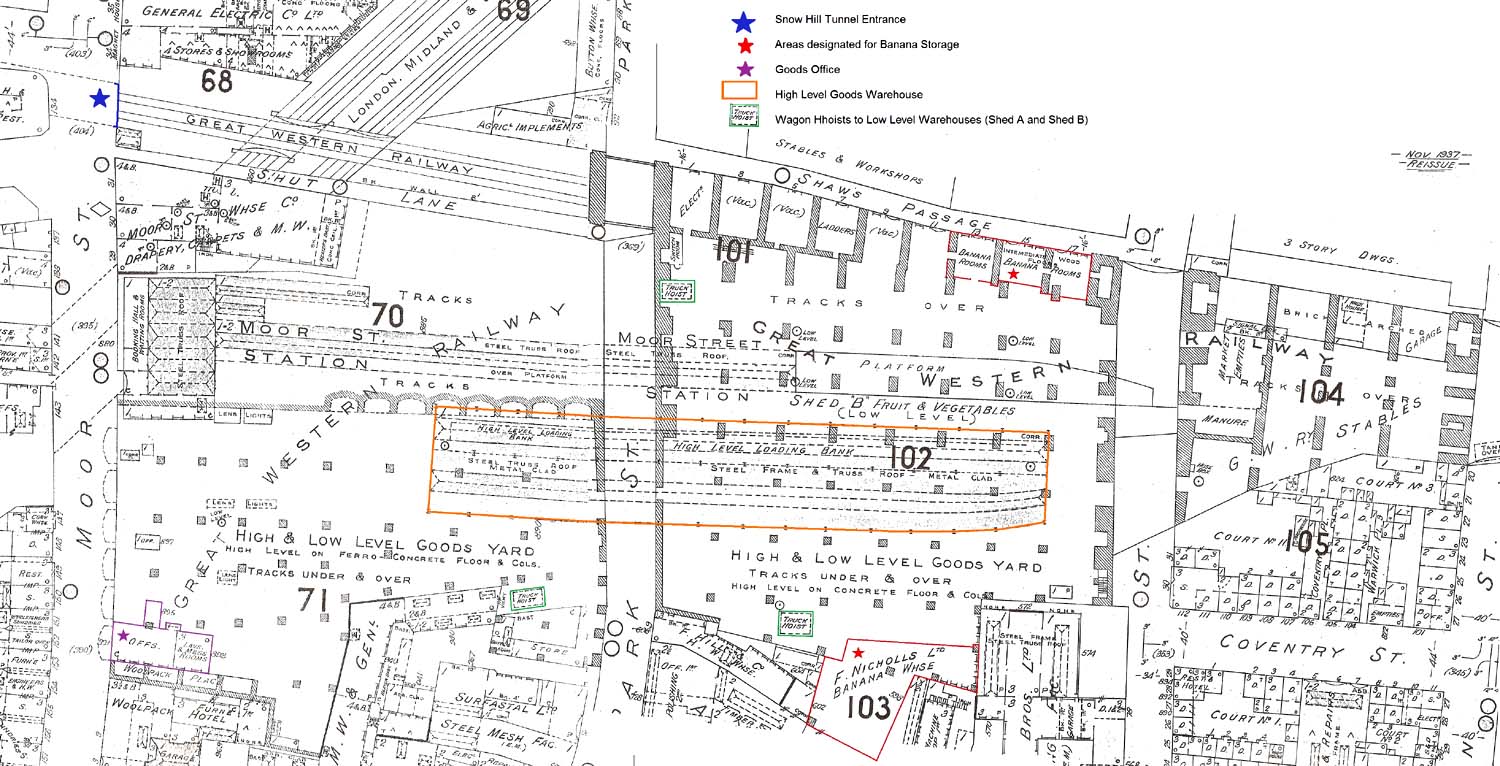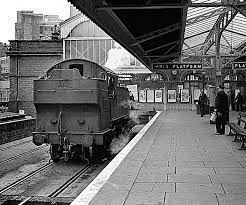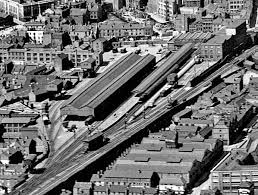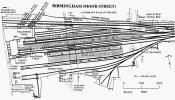-
Welcome to this forum . We are a worldwide group with a common interest in Birmingham and its history. While here, please follow a few simple rules. We ask that you respect other members, thank those who have helped you and please keep your contributions on-topic with the thread.
We do hope you enjoy your visit. BHF Admin Team -
HI folks the server that hosts the site completely died including the Hdd's and backups.
Luckily i create an offsite backup once a week! this has now been restored so we have lost a few days posts.
im still fixing things at the moment so bear with me and im still working on all images 90% are fine the others im working on now
we are now using a backup solution
You are using an out of date browser. It may not display this or other websites correctly.
You should upgrade or use an alternative browser.
You should upgrade or use an alternative browser.
Great pictures of Moor Street Station! It brings back memories! I used to travel into & out off Moor Street in the 1970's from Acocks Green station most nights of the week for light refreshments in Brum town centre. Journey time 10 minutes & trains were always dead on time. Last train back home was 11.15pm,
DaveH
DaveH
warwickshirerailways.com and disused-stations.org.uk have quite a few photos of the traverser.I wonder Does anyone remember the traverser that was there in the station ???? I wonder how many photos of that exist in someone's collection ??
mikeflan
master brummie
Quite a bit of equipment that was for sure...........!!! Thanks for the photos...warwickshirerailways.com and disused-stations.org.uk have quite a few photos of the traverser.
Lloyd
master brummie
Radiorails
master brummie
I do. I frequently walked to Shirley Station to catch a train to Moor Street in the early 1950's. I always bought a single ticket as I usually returned home by bus BCT or Midland Red, depending on how much money I had left as Midland Red were more expensive and as a teenager I din;t mind walking.I wonder Does anyone remember the traverser that was there in the station ???? I wonder how many photos of that exist in someone's collection ??
Last edited:
mw0njm.
A Brummie Dude
I do. I frequently walked to Shirley Station to catch a train to Moor Street in the early 1850's. I always bought a single ticket as I usually returned home by bus BCT or Midland Red, depending on how much money I had left as Midland Red were more expensive and as a teenager I din;t mind walking.
Last edited:
mw0njm.
A Brummie Dude
Overview. A transfer table, also known as a traverser, consists of a single length of track that can be moved from side to side, in a direction perpendicular to the track. There are often multiple tracks on one side of the table and a single or multiple track(s) on the other

 en.wikipedia.org
en.wikipedia.org

Transfer table - Wikipedia
Nigel Edwards
Hotcrossman
Like this . . . .I wonder Does anyone remember the traverser that was there in the station ???? I wonder how many photos of that exist in someone's collection ??
Attachments
Not sure if this helps or not. From Warwickshire Railways site
Cross section through the traverser table, showing how one of the three rail roads (rail road ‘X’) could be moved sideways into a recess under the platform ‘A’. An electric motor ‘B’, underneath the traverser table moved along nine rails positioned transverse to the main tracks. Each rail had four wheels (of two foot diameter) positioned under the traverser table each supporting two rolled steel joists. The section shows the position of the future second platform on the left, while two other rail roads (in this case ‘Z’ and ‘Y’) are aligned with the main tracks. Item ‘B’ is the electric motor.

Cross section through the traverser table, showing how one of the three rail roads (rail road ‘X’) could be moved sideways into a recess under the platform ‘A’. An electric motor ‘B’, underneath the traverser table moved along nine rails positioned transverse to the main tracks. Each rail had four wheels (of two foot diameter) positioned under the traverser table each supporting two rolled steel joists. The section shows the position of the future second platform on the left, while two other rail roads (in this case ‘Z’ and ‘Y’) are aligned with the main tracks. Item ‘B’ is the electric motor.

Thats correctstill trying to work out how they worked, did they go under the patforms?
paul stacey
master brummie
Great Royal Warwicks pic, looks early WW2, by the kit, some don't look all that happy, maybe Territorial deployment to France/Belgium. late 39?
Lloyd
master brummie
Other versions of this photo say it was taken in the 1960s.Platforms in Moor Street date unknown
Source historicengland.org.uk
mw0njm.
A Brummie Dude
interesting map

warwickshirerailways.com
Moor Street Station
fire Insurance Map showing the layout of the different levels of Moor Street Station and the surrounding areas redrawn in 1937. The regular grid format of the piers supporting the ferro-concrete roof over the low level Goods Sheds A (left of diagram) and Shed B (middle of diagram), while the Stables (right of diagram) were in extended arches of the viaduct. The three wagon hoists have been marked in Green. Two areas in Shed B (marked in red) were designated for Banana Storage, the lower one being identified as belonging to F Nicholas Ltd. The upper level warehouse can seen in the middle of this map adjacent to the passenger station, which fronted on to Moor Street. At the top left is start of Snow Hill Tunnel, while bottom left is the Goods Office (marked in purple) and also fronting on to Moor Street.
warwickshirerailways.com
Janet Hunt
master brummie
Some more photo's and information on Moor Street Station




BBC - Birmingham - History - Moor Street memories
Budding film maker and train enthusiast Glen Barker combined his two passions when he went on work experience with One Small Barking Dog...
www.bbc.co.uk











